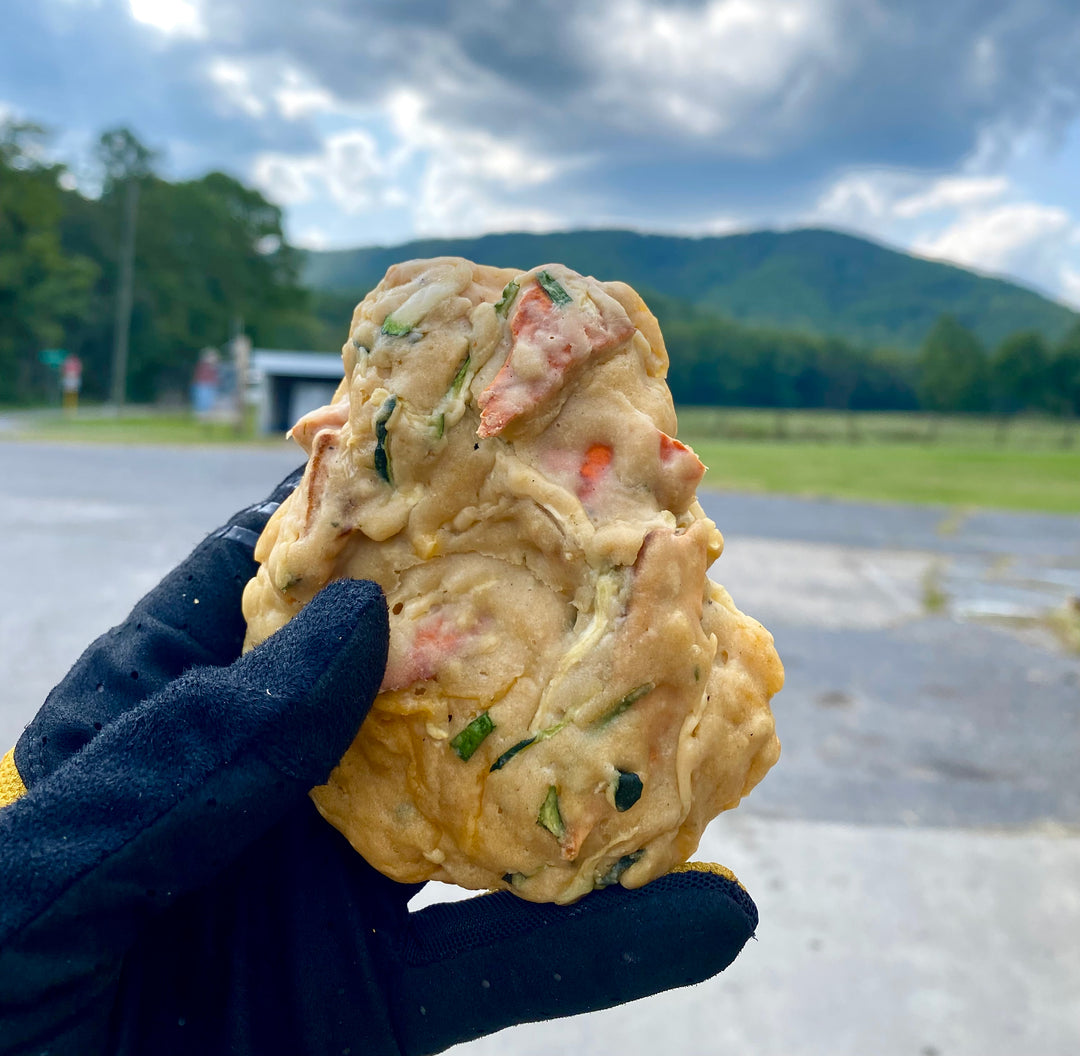Overcoming GI Distress

Even top elite athletes experience bouts of GI distress from time to time. You might be at peak fitness level, but if GI issues crop up during a workout or, even worse, on race day, it can be a show-stopper. Finding a solution begins with understanding what causes GI distress.
Numerous factors including diet, stress, hydration, and effort-intensity are responsible for GI problems during physical activity. Some of which are preventable. In rare instances, athletes experience pathological conditions that may require medical advice (irritable bowel disease, celiac disease). It may or may not make you feel better, but if you experience any GI distress, you are not alone! Roughly 50% of endurance athletes report some form of GI problems during competitions and training. It is essential to recognize the factors that affect the digestive system and plan accordingly to limit potential problems.
Prolonged physical activity creates unfavorable conditions for the digestive system. In response to exercise, our body shunts blood away from the digestive system and to the skeletomuscular system. As a result, our muscles can continue powering our efforts, but the GI system now has limited ability to process food and absorb nutrients. Efforts of higher intensity or longer duration further inhibit the GI system from being able to ingest nutrients and redistribute those calories into much-needed energy. The best solution to address GI issues during efforts of high intensity is to slow down. However, bouts of higher intensity typically take place on race day, which is when we do not want to slow down! It is crucial to arrive at the starting line as fit as possible so we can put forth our best effort. Peak fitness and proper pacing can go a long way in eliminating GI issues.
Arriving at our goal event as fit as possible is the first step. The next critical step is to have a tried and true fueling strategy that has been practiced in training. If we look at the potential digestive system problems (nausea, vomiting, diarrhea) that can occur during training or racing, there is one common denominator that binds all of these issues together. It is when the osmolality of our GI system becomes too high. High osmolality is responsible for the majority of GI distress incidents related to ingesting food during exercise. Osmolality is determined by the concentration of active molecules (Na, K, Cl, glucose). High osmolality is created when there is high consumption of quickly released active molecules such as glucose, maltose, saccharose, maltodextrin, starch, or salt. High temperatures in the external environment and dehydration can worsen the condition (as these conditions increase the ratio of active molecules to water). Osmolality is recognized by osmoreceptors, which guard our body homeostasis (internal order) to prevent rapid absorption of highly concentrated active molecules.
Our body makes an effort to dissolve highly concentrated content by pulling water into our digestive system, which frequently leads to dehydration. As a result, there is now a high volume of food and water in the GI tract creating discomfort, sloshing, and all the other unpleasant events that follow. To prevent GI distress caused by high osmolality in our digestive system, we should consume natural sources of carbohydrates that are slowly released and limit eating highly processed and quickly released sugars. Keep in mind that sodas, salt, and maltodextrin-rich products are heavily present at many races. Thus it is important to select food at the aid station consciously! It is not uncommon to see athletes who regularly grab salt tabs and/or sugary drinks routinely experience GI problems. A quick drink of soda will deliver caffeine and sugar to your system and provide a quick energy kick. But the sugar-laden soda will inevitably lead to GI issues thanks to the concentrated shot of sugar being released quickly into the GI system.
In some cases, avoiding products rich in sugar and salt may not be sufficient to limit digestive system problems. Food additives and preservatives have been shown to trigger stomach pain and increased sensitivity. Avoiding preserved foods while running is a good idea anyway as some preservatives (sodium benzoate or sulfates), even though not considered toxic, may affect mitochondrial functions. We train to improve mitochondrial functions. There is nothing more counterproductive than voluntarily ingesting substances that undermine training effects!
Spring is designed with the knowledge that GI distress is one of the leading problems in endurance sports nutrition. By using various sources of energy, lowering sugar content, including fat and excluding preservatives, we were able to overcome this problem. Go ahead, read the nutritional content on the back of a Spring gel or on our site. Spring Energy can be your weapon against GI distress!
~
Written by Rafal Nazarewicz, Spring Co-Founder, PhD Nutrition












Leave a comment